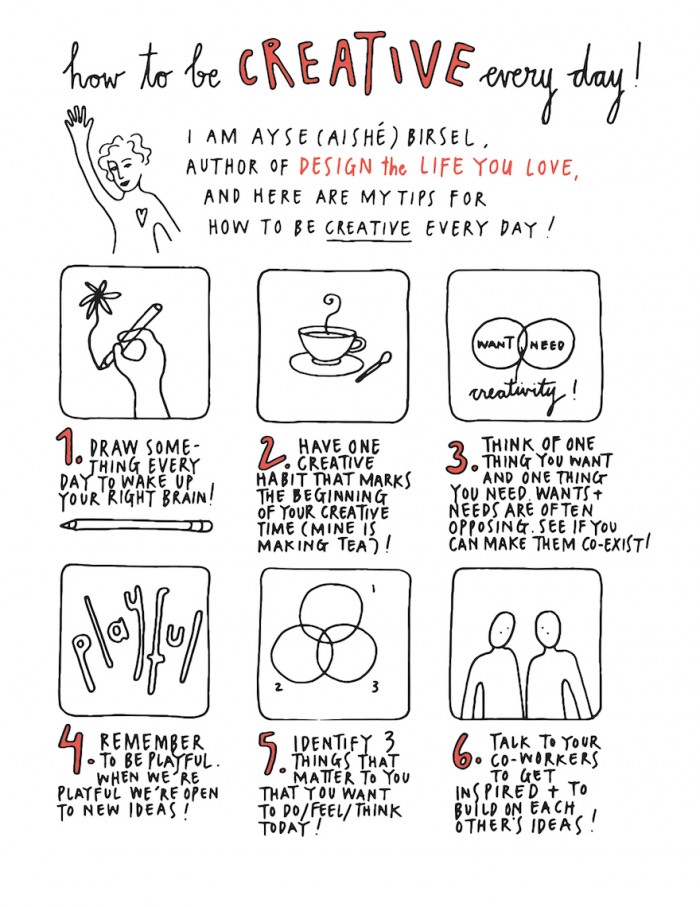
The meeting was canceled and I shelved the ideas, only to see them become talking points weeks later. I planned to pitch investigating Ticketmaster and the problem of nepotism in society. Rubin doesn’t exactly make an argument-in the beginning, he admits that nothing is a fact and everything is simply based on his observations in life.įor example, I had an interview set with an important person at a prominent brand for a job. The sentences are short, as are the chapters. The writing oscillates from Morpheus’s calm, all-knowing voice encouraging you to take the blue pill in The Matrix to James Franco talking about art in This Is The End. The book is 400 pages but its welcoming tone makes it an easy read. I found it especially enlightening because it told me something I desperately wanted to hear: creativity isn’t strictly limited to a profession. Instead, it revealed itself to be a book on how to be,” writes Rubin. “I set out to write a book about what to do to make a great work of art. It’s something like The 7 Habits of Highly Effective People but for musicians, however, its lessons can apply to any art form.


The Creative Act is essentially a self-help book designed to guide an artist through the creative journey. It felt like the universe was sending me a message. Then, out of the blue, Jacob asked me to review Rick Rubin’s upcoming book, The Creative Act: A Way of Being. Lately, I’ve been thinking about leaving the media business behind. I once used to think of myself in the same way Mad Men’s Don Draper described Peggy Olson: “You’re not an artist Peggy, you’re a problem solver.” Writing is an art, sure, but I wasn’t really an artist as much as someone tasked with coming up with creative solutions for content creation. Despite many interviews, I haven’t been able to find a new full-time position. I was laid off from a cushy job in late 2021. My mental chatter became a smooth hum, my thoughts flowed clearly. The entire space had a calming vibe, designed for creative contemplation.

The room was bathed in natural light, the hardwood floors were so clean they were gleaming, and the walls were freshly painted with a soothing tone of white. It was placed in the middle of a huge room that was otherwise completely empty. I was excited to speak with a legend but found myself inspired by just sitting down on a bean bag big enough for two.

I was there to interview Rubin as part of a documentary series. Years ago, back when I was a big wheel at the cracker factory-or more accurately, a cog in the hype machine-I visited Rick Rubin’s fabled Los Angeles studio.


 0 kommentar(er)
0 kommentar(er)
